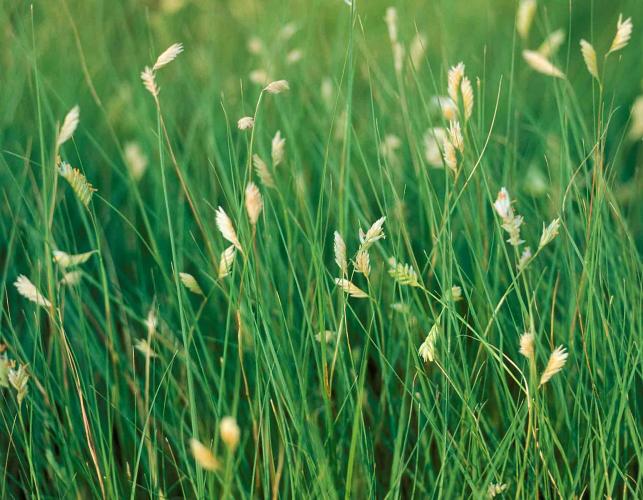
Buffalo Grass Missouri Department of Conservation
Description. Buffalograss is a low growing, commonly only 8 to 10 inches high, warm season perennial grass. Individual leaf blades may reach 10 to 12 inches in length, but they fall over and give the turf a short appearance. Buffalograss has a stoloniferous growth habit, curly leaves, and both staminate and pistillate flowers.

An Introduction to Buffalograss YouTube
It is most commonly found in the central and southern United States lawns. How do I identify Buffalo Grass? The best way to identify buffalo grass is by looking at its color, leaf blades, and runners. However, since every variety is different, you can use texture to identify Buffalo grass.
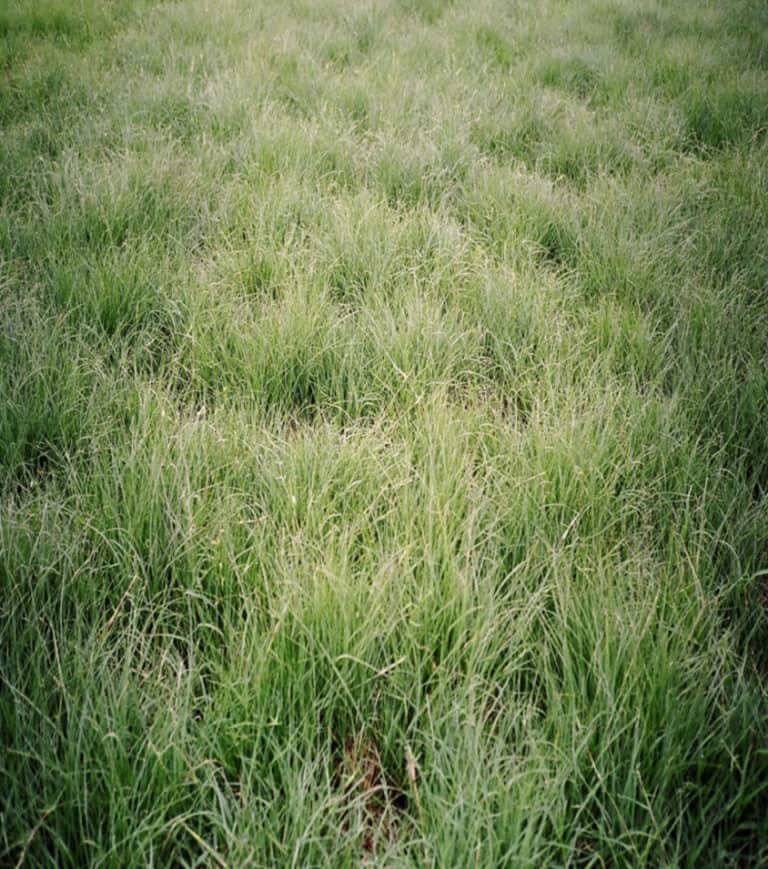
TEXOKA BUFFALOGRASS Johnston Seed Company
Laying sod is a breeze, and the result is an instant lawn, so you will pay the most for that option. The plug method is a compromise in each respect. You can buy 1 pound of buffalo grass seed for about $50. A pound covers about 330 square feet. The average cost of a plug of a quality cultivar of buffalo grass is $1.

Garden Musings Buffalograss II
The best time to seed buffalo grass is in the late spring or early summer. Seed at 1 to 3 pounds per 1,000 square feet using a drop spreader, then cover lightly (less than ½ inch) to improve moisture retention. Because of the hard bur coating, you'll need to soak them in potassium nitrate to loosen the coating.
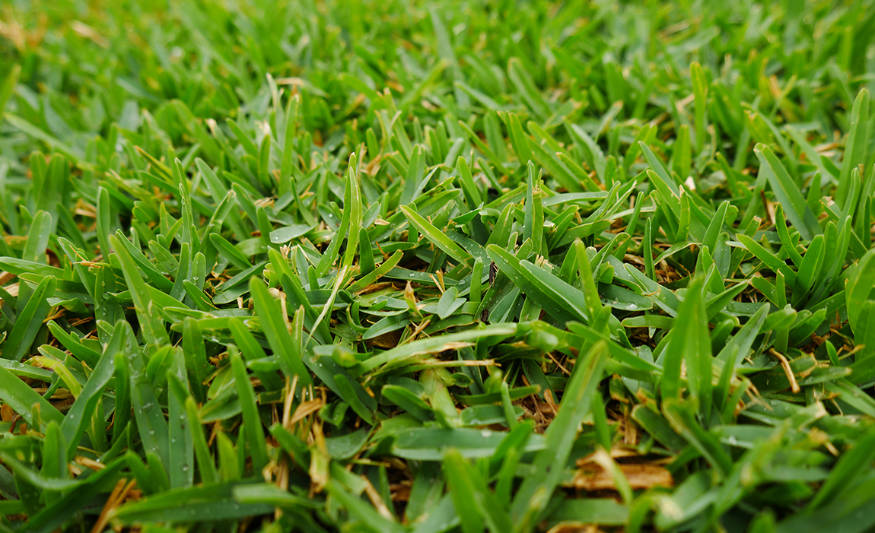
The Best Grass For Arizona 4 Types That Can Thrive
grass genera: Cenchrus and Pennisetum. Key characters useful for buffelgrass identification include a bottlebrush-like inflorescence and light-colored hairs that occur at the junction where leaves meet the stem. Buffelgrass is similar in appearance to fountain grass (Cenchrus setaceus, syn. Pennisetum setaceum), which is an escaped ornamental
A Wandering Botanist Plant story the amazing buffalograss, Buchloë dactyloides
Invasive Plant Species: Buffelgrass. Buffelgrass (Pennisetum ciliare, Cenchrus ciliaris), is the archenemy of the Sonoran Desert-- the invasive grass most likely to cause significant damage to the native ecosystem. Buffelgrass is native to Africa, Asia, and the Middle East. This grass was intentionally brought to arid portions of the U.S.
:max_bytes(150000):strip_icc()/SPR-buffalo-grass-7105718-01-09ac53b4a090468593fd4f80dc5eeb7c.jpg)
What to Know About Buffalo Grass A LowMaintenance Lawn Option
Description Buffalograss is a warm-season perennial shortgrass. It is drought -, heat-, and cold-resistant. Foliage is usually 5-13 cm (2.0-5.1 in) high, though in the southern Great Plains, foliage may reach 30 cm (12 in). Buffalograss is usually dioecious, but sometimes monoecious or with perfect flowers.
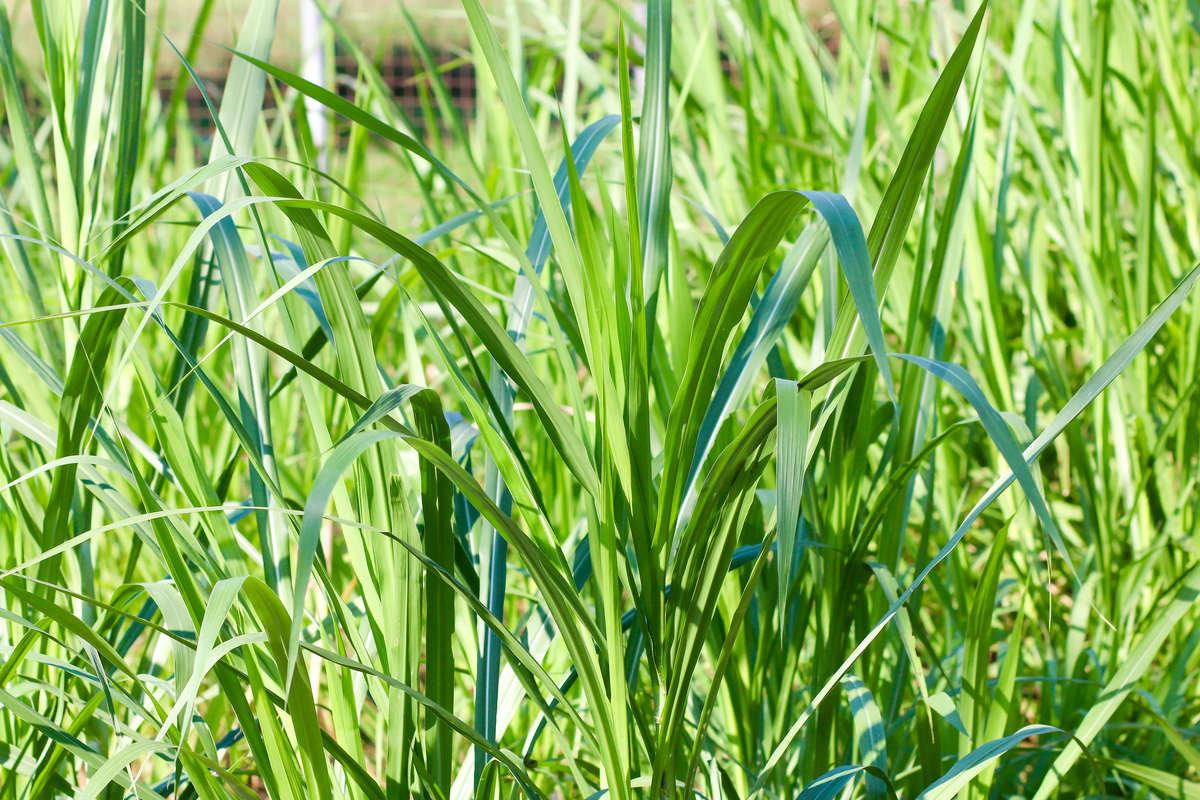
Buffalo Grass What is It and How to Know if It's Right for You HappySprout
St. Augustine grass (Stenotaphrum secundatum), also known as buffalo turf in Australia and buffalo grass in South Africa, is a species of grass in the family Poaceae.It is a warm-season lawn grass that is popular for cultivation in tropical and subtropical regions. It is a medium- to high-maintenance grass that forms a thick, carpetlike sod, crowding out most weeds and other grasses.
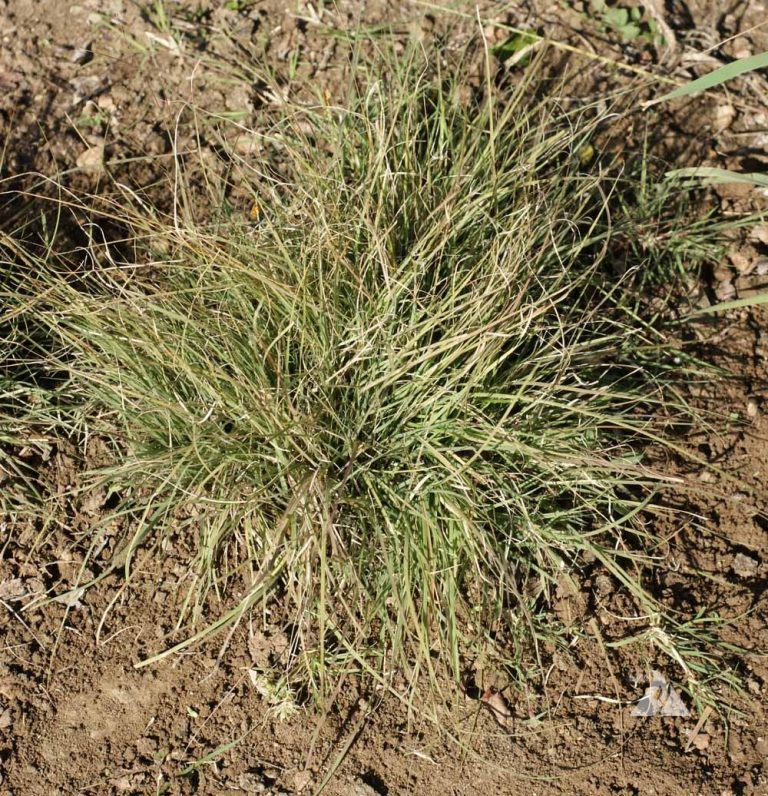
Buffalo Grass (Buchloe dactyloides) Applewood Seed Company
Buffalo grass requires 50 to 75% less water than most warm-season grasses. It grows best with infrequent, deep waterings—about 1 inch every two weeks. But it will stay green and continue to grow with as little as 1 inch of water every four weeks. This grass species does not require irrigation under most circumstances and is very drought-tolerant.

Texoka Buffalograss Bouteloua dactyloide Great Basin Seed
Buffalo Grass is a is a short warm-season grass native to Western and Central North America. Scientifically known as Bouteloua dactyloides, it grows 6-8″ tall in full sun and well draining soil. Spreading by seed and above ground stems known as stolons, it naturally colonizes bare patches of soil.
A Wandering Botanist Plant story the amazing buffalograss, Buchloë dactyloides
Buffelgrass is a perennial grass that grows in dense, messy-looking clumps. It sprouts new green (typically lime green) growth with adequate moisture and produces bottlebrush-like flowers. The flowers are red or purple when they are young and turn tan as they mature. When the plant is dormant, it turns golden and may appear dead (don't be.

Buffalo grass (Stenotaphrum secundatum). Notes Warmseason turfgrass.... Download Scientific
The most obvious identifying characteristic is the kneeled canoe-shaped leaf tip. It also has a prominent midrib (vein) running up the middle of the leaf blade. If left unmowed, Kentucky bluegrass will produce an open, branching panicle-style seed head. Perennial Ryegrass Identification

Buffalo Grass Pros And Cons What You Should Know
Buffalo grass is a nice blue-green color, with tall, thin blades. It can be found almost anywhere you buy your grass seed, sod, or turf. Buffalo grass changes in appearance as it gets older and taller. It can get very tall, but it leans over almost like a weeping willow.. There are 33 known species of peonies ranging in size, bloom color.

How to Identify Buffalo Grass Ultimate Backyard
The identification of buffalo grass can be achieved through several distinguishing features. As a warm-season grass, it predominantly exhibits a green hue with subtle bluish-grey undertones. Moreover, the leaves possess a central midrib, while the blades are notably short, curled, broad, thin, and pointed.. Buffalo Grass, a variant of warm.

Buffalo Grass. Care and Planting Buffalo Grass Lawn Gardendi
Print this fact sheet by T. Koski and R. Cox * (10/14) Quick Facts… Buffalograss is a perennial, warm season grass species. It is sod-forming, spreading by stolons (aboveground stems) which root where they touch the ground, forming new plants.
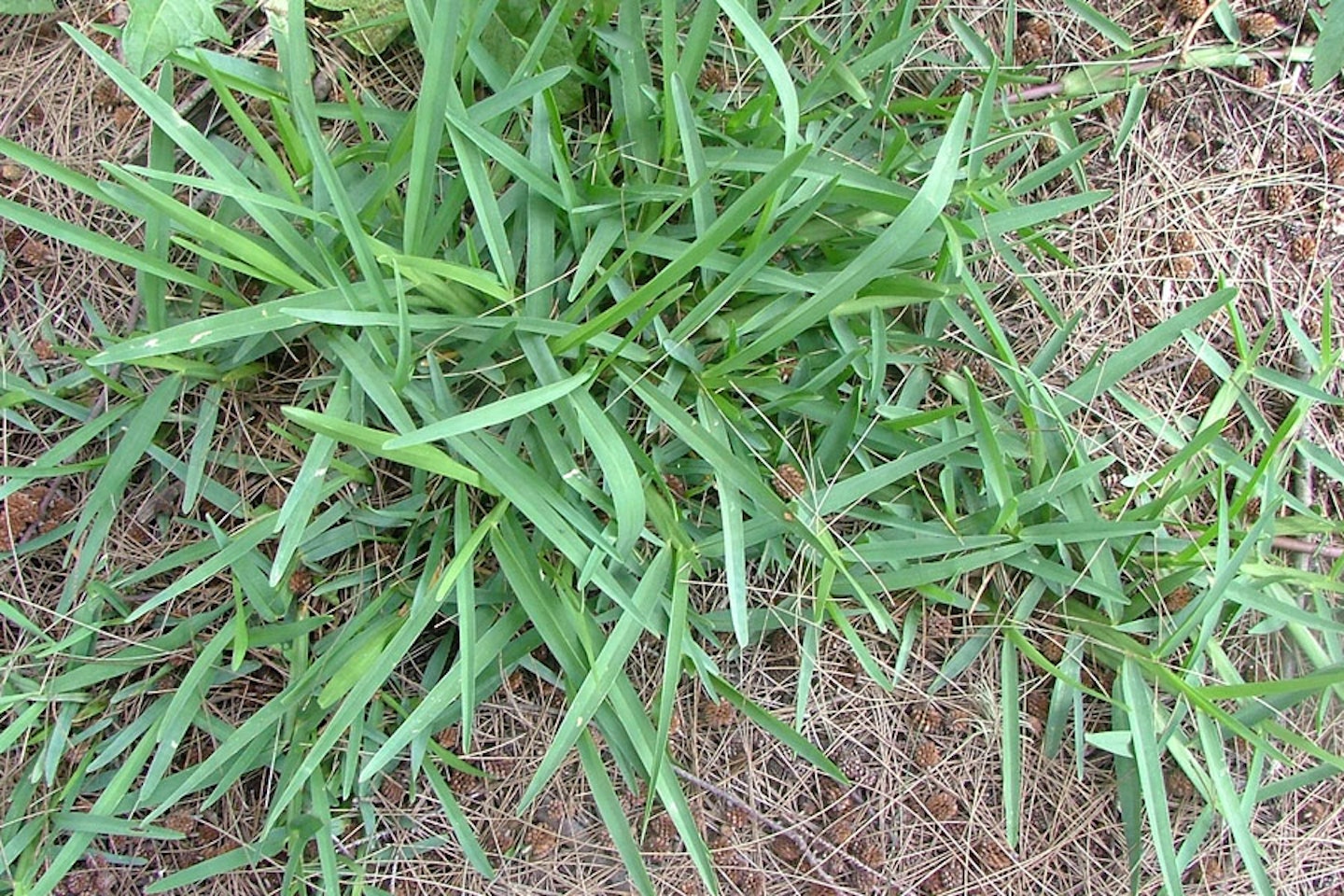
Buffalo grass
Description Buffalo grass is a native perennial warm-season short grass that creeps widely by stolons (runners), which take root at the joint. It forms dense mats. It is dioecious (staminate and pistillate flowers are produced on separate male and female plants). Leaf blades are ½-4 inches long, less than ⅛ inch wide, and flat but curling.